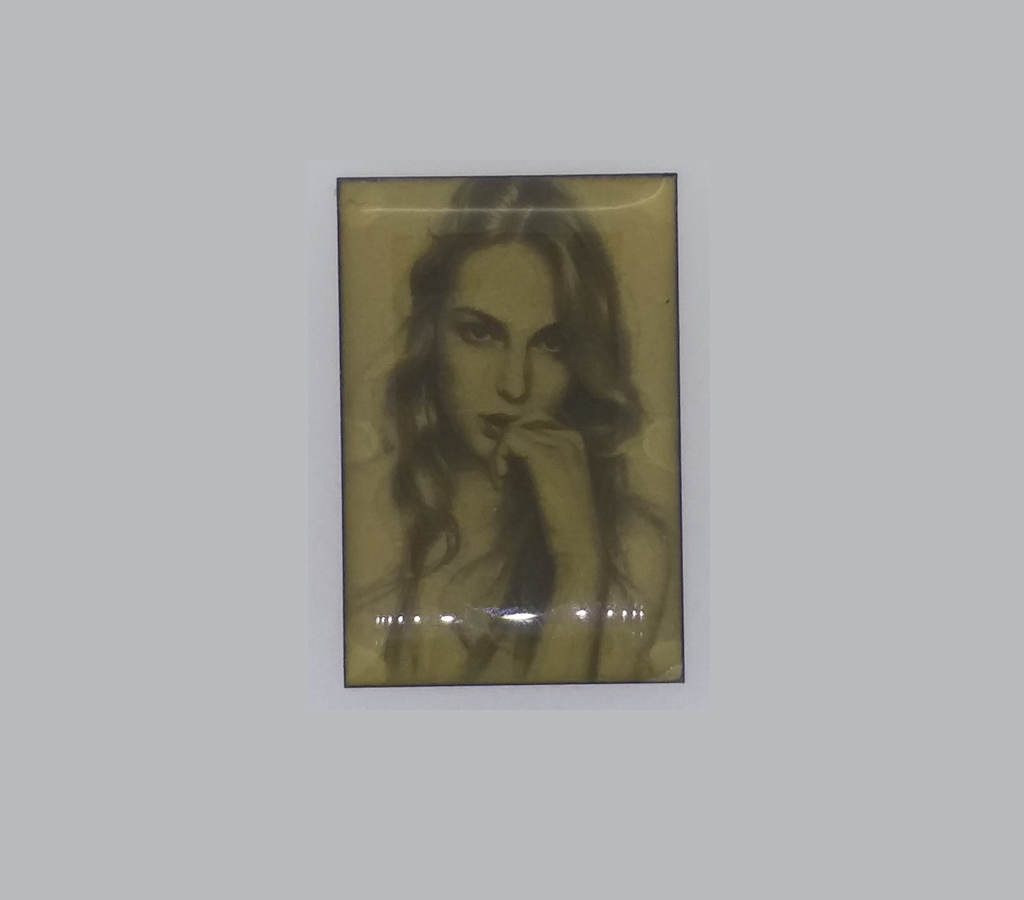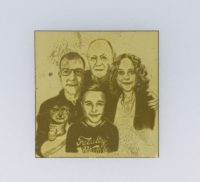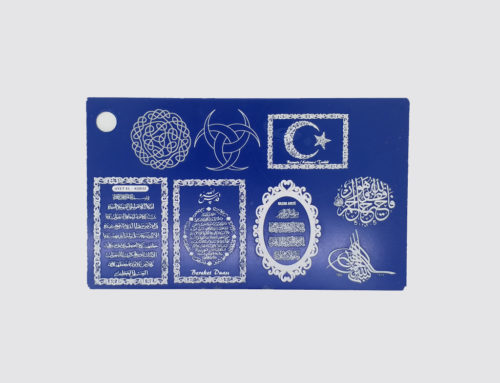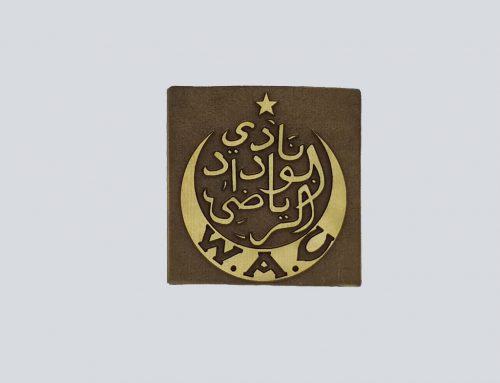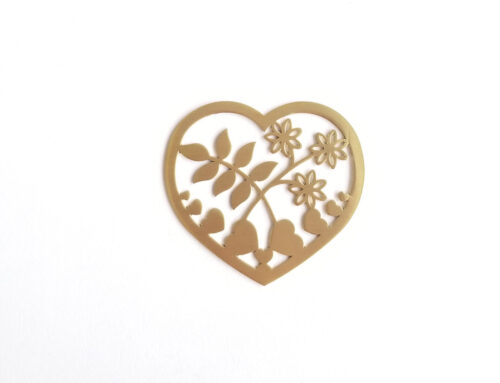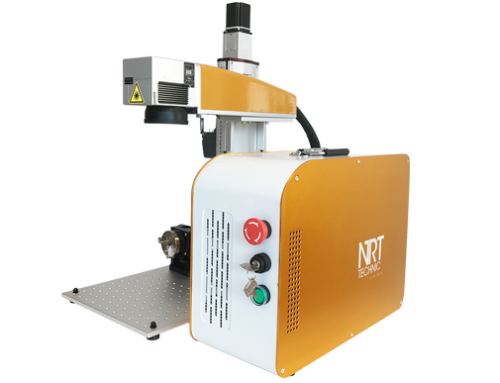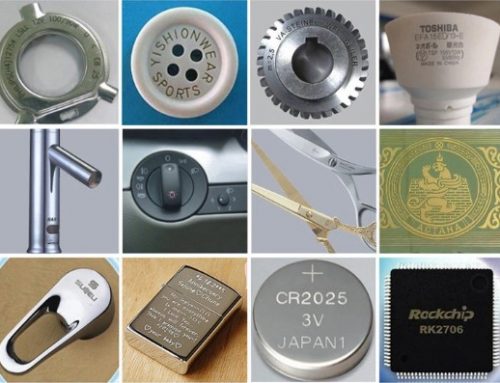Laser marking a manufactured product is becoming essential in the manufacturing industry. Increasingly more businesses are aiming to keep track of their products, in order to reduce expenses and monitor stock. Manufacturers strongly believe that traceability will ensure suppliers abide by standard quality needs and that this will help them improve the quality of their product line, minimize recalls and counterfeiting.
However, deciding on the best marking technology for your product and business is easier said than done. Dot peen, laser marking, inkjet and electrochemical etching are all included in a broader domain that we know today as marking technology. All of them come with their own pros and cons, so before making a choice it is important to understand them. Suppliers typically select a effective method of product marking according to some fundamental factors such as; type of material, functionality, surface roughness & finish, mark size & dimension, mark quality, coating thickness, and mark serialization.
Direct marking goes mainstream
Many manufactures have already decided to adopt the direct part marking method, or DPM to mark parts permanently with a serial code. That’s mainly because conventional marking techniques such as stickers don’t permit complete life-cycle traceability. Medical manufacturers are quite fond of the DPM method; specialists use it for reliable part identification. Engraving is usually in human readable form (alphanumeric) or in data-matrix code or barcode form. If a barcoding system is used when marking parts, this can allow for automated processes to happen post manufacture, such as serial and batch matching or database management of stock.
Benefits of laser marking technology
Generally speaking, laser marking comes with a wealth of benefits because the process is permanent and fast; it also comes at a lower cost of ownership, doesn’t require any additional processes to ensure the marking is durable and doesn’t use consumables, thus minimizing waste.
The laser marking process is a non-contact process which allows sensitive materials or assemblies to be marked, without the risk of mechanically inducing stress in the parts. Other marking processes use chemicals which need to be cleaned off, consumable inks or induce mechanical stress to cause a surface mark in a product.
Laser marking also has the benefit of working with a broad range of materials. By varying the speed and power of the laser system, a multitude of materials and surface finishes are achievable. For a permanent finish with no surface degradation to the material an anneal or colour change may be used, this is quite handy for the health or food industry as regulations state there should be no raised/exposed surfaces for bacteria to grow. If a surface mark is needed at high speed, engraving is a better choice of surface finish. Engraving will remove or foam the top surface of the material in order to convey information, such as serial number or batch number.
Laser marking is a clean and fast marking technology that is rapidly replacing old-fashioned engraving techniques. Laser marking allows for easy automation, low ownership costs and results in a mark with improved environmental profile which all contribute to its success. There are several laser varieties that manufacturers can benefit from. Each type of laser has its very own characteristics that are best aligned with specific applications and materials. The most common laser choices for universal material marking are carbon dioxide, ytterbium doped fiber, ultraviolet, green and neodymium vanadate lasers.

